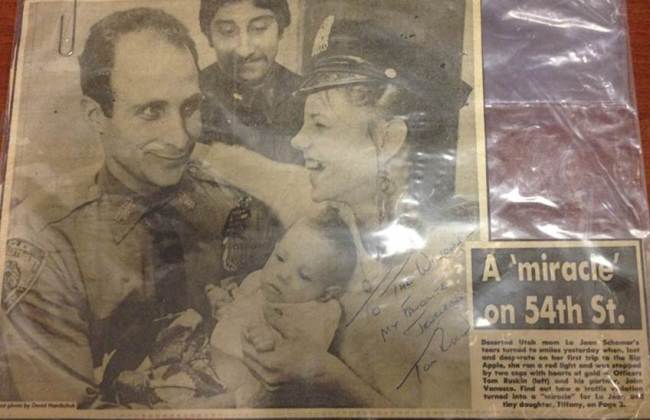
When most people think of White Collar Crimes, they usually think of Bernie Madoff or the Enron scandal. They never think that they could be a victim of a white collar crime.
According to the Association of Certified Fraud Examiner’s 2012 Report to the Nations, the estimated median loss for small organizations (fewer than 100 employees) that were the victims of fraud were $147,000. The report indicated that small organizations are the most common victims in fraud instances at 31.8 percent, which also happens to be the highest rate of any business size category. For example, organizations with 100 to 999 employees had a fraud incident frequency of 19.5 percent; 1,000 to 9,999, 28.1 percent; and 10,000 plus, 20.6 percent.
The five most common fraud schemes for organizations with fewer than 100 employees in the ACFE report were: billing fraud, corruption, check tampering, skimming and expense reimbursement fraud. Corruption schemes deal with crimes such as bribery, illegal gratuities and kickback arrangements. The largest number of perpetrators in the entire study, 41.5 percent, had been with the organization between one and five years, most of them had a college degree and worked in the accounting area.
The following five signs can be subtle indicator(s) that your employee is embezzling from you. Usually the most trusted and longest employed workers are the ones that decide to turn to fraudulent activities for various reasons such as; sickness in the family, divorce, mid-life crisis, gambling, substance abuse problems or sending children to college.
The scary part about some of the signs, is that they are also indicators of a good, dedicated employees. This is why it’s imperative to perform a background check on a prospective employee, as well as set up a system of financial checks and balances.
Investigations that the CMP Protective and Investigative Group have conducted for our clients have revealed the following signs that may be initial indicators that a fraud is occurring in your business.
1. They Make Allies
There’s nothing wrong with co-worker cohesiveness, it should be encouraged but there’s a difference between being friendly and making strategic alliances. An opportunistic “con” may seek out someone a little higher on the totem pole to befriend. Perhaps someone who has the authority to approve expenses, generate invoices or sign checks. Since they are “friends” the one with the authority may not question expenses or check requests lacking proper documentation. Expanding on their social network, are they increasingly friendly with vendors?
2. They Don’t Take Vacation
No, it’s not because they are dedicated to their job. If they never take vacation, then their fraudulent activities can continue to go unnoticed, because there’s no one to question why certain things are being done, or not done.
3. They Often Stay Late
After everyone has gone home and the office is vacant, they can get things done. Not work per se, but swapping the fraudulent generated invoices for the actual ones, going through petty cash, or even stocking up on office supplies.
4. They Take On More Responsibilities and Duties
Take notice if they are in a financial position at your company. If they are offering to take on more work, such as cash collection, depositing checks or cash at the bank, bank reconciliations and invoicing, this could be a red flag. There needs checks and balances set-up with quality control checks by other employees or an outside investigative firm. One person having sole responsibility of the financial transactions of a business means that they can create fake transactions, record them, take the payment for them and repeat this process without anyone knowing.
5. They Appear to have an Excessive Lifestyle
As an employer, you know how much your employees make. Yes, they can always have second or consulting jobs outside of the time they are working for you. However, if they are driving a nicer car than you, wining and dining at the nicest restaurants in town, owns a boat and wears expensive suits, you may be footing the bill for all those purchases. Even if they are low-key in the office, criminals usually feel the need to brag or show off to some extent. If they seem to be living a Dr. Jekyll and Mr. Hyde lifestyle on the weekdays and weekends, this may be an indication. One of the white collar crime’s that we documented in our blog several few weeks ago explained what was found after the employee was found to be embezzling millions and millions of dollars.




